
I’m starting a new series this fall called “5 Favorite Things…” Professionally, I experienced a difficult year last year. I spent a lot of time reflecting upon why and what was in my circle of control to not have another year like that. One of the things I discovered was I became so bogged down in the details of “my work” that I forgot “my passion” I have for guiding children. As I listed all the reasons why I loved my job, an idea for a series of posts came to mind!
This year I want to share with you all of my favorite things about teaching music. Sometimes you’ll hear from me and other times I’ll invite friends and colleagues to share their “Favorite Things…”
My first post is about my favorite approach for teaching music to children – Music Learning Theory! Many music teachers are familiar with Orff or Kodaly, but Music Learning Theory (MLT) is a theory developed by Dr. Edwin E. Gordon. His life’s work was studying, researching, and writing about how children learn music. There are so many layers to MLT that is constantly engages and challenges me as a musician and educator. I’d like to share 5 things about MLT that might make you consider learning more about it.
Audiation
Did you grow up thinking music? I don’t mean singing it or playing it on an instrument. I mean, really thinking music? I didn’t. I took piano lessons, played flute, sang, studied at an arts school, went to college to study music. I could play almost anything on my instrument, but I didn’t think deeply about what I was playing. I couldn’t hear or predict where phrases were going or what harmonies were beneath my melodies. I couldn’t compose and would have died at the thought of improvising anything at all. I couldn’t “think music.” I didn’t even know that was a thing until my junior year of college and then it hit me – something was fundamentally missing in my musical development. Audiation!
Gordon defines audiation as “hearing and comprehending music in one’s mind that may or may not have physically been present.” I could “hear” music all day, but I couldn’t “comprehend” music. It was mind-blowing to me that no one ever guided me to think music. Is it something we take for granted? Do we assume children learn to do this or is it a skill that must be explicitly taught and constantly nurtured? For me, learning to audiate was like Dorothy walking from the black and white bleakness of Kansas into the technicolor beauty of Oz. I want that for every child I teach. Every. One.
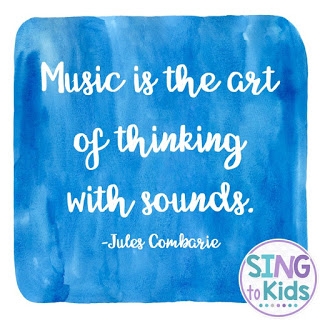
Sequence
Speaking of Oz, what does Dorothy do once she finds Oz? Follow the yellow brick road, of course! The yellow brick road for me is the sequence that Dr. Gordon lays out in his book, Learning Sequences in Music. It’s a dense read but here’s the basic sequence: listen and speak music, learn to identify and label what you’ve already heard, learn to think and label what you’ve heard, then read and write what you have heard. Then spiral it in new functions, tonalities, and meters. And if you can do that, then apply the sequence to new, unfamiliar music!
He splits the sequence into two ways of learning – discrimination learning and inference learning – big words with easy meanings! Discrimination learning: teach children the process of learning explicitly. Inference learning: allow opportunities for children to apply what they have learned and draw inferences from discrimination learning. Brilliant, eh? Dr. Gordon’s sequence provides a framework for me to guide my students’ musical development from the first day they step into my classroom!
Improvisation
When it came to improvising on my instrument, I was the cowardly lion. I could not, would not do it. No way, no how! When you rely on notation for everything, it’s hard to have musical thoughts of your own. When I learned to audiate, the musical thought flowed from me like a river. Suddenly I could hear all those chords they talked about in aural theory! I could write my own songs! And I could improvise! Don’t get me wrong – it wasn’t pretty the first time and it took a lot of time and practice to learn to improvise meaningfully. But I had musical ideas in my head and I wasn’t afraid to express them! I love that I can help guide students to do the same!
Vocabulary
An important part of Gordon’s theory is the idea of building a rich musical vocabulary. There is research in early childhood music that shows that a young child’s vocabulary is a predictor of his/her success in school. The higher the vocabulary, the more successful the child will be. The lower the vocabulary, the more likely the child will struggle. When we take the time to build a child’s listening and speaking vocabulary, we enrich that child’s thinking vocabulary! In MLT, vocabulary development doesn’t mean musical terminology. It means musical patterns!
Pattern instruction is an integral part of a child’s music development. It consumes a small amount of classroom instruction but plays a crucial role in a child’s ability to audiate. If I had benefited from pattern instruction in elementary school, the idea of audiation wouldn’t have been so shocking to me. I would have understood how musical ideas and phrases are outlined and connected and supported through patterns. Providing this type of instruction is critical in a child’s musical development.
Contrast
We learn what something is by knowing what it isn’t. We don’t learn through sameness of experience. We learn through differences – through contrast! Gordon uses modes as a way to enhance our musicianship and musical understanding. So much of our western music is Major tonality and 4/4 meter. Sameness. Lots and lots of sameness. But when you’ve heard the beautiful chordal progressions of Mixolydian, or the raised 4th scale degree resolving to the 5th scale degree in Lydian, then Major takes on a whole new life. Why? Because we have something with which to contrast Major! My enjoyment of Major, Mixolydian and Lydian is enhanced and richer because I was able to contrast them with one another. The same is true of Minor to Dorian and Phrygian!
And here’s the kicker – great musicians and composers use these tonalities all the time! I saw an interview recently where Prince talked about the importance of being musically proficient with modes. Michael Jackson wrote in Aeolian. Commercial composers and jingle writers use Lydian and Mixolydian ALL THE TIME because it’s just enough like Major, but sticks in your mind like an ear worm. Listening to, singing, thinking, improvising and creating in these tonalities has challenged my musicianship unlike anything I experienced in 4 years of college. It has stretched me musically in ways I couldn’t have imagined. Again – if I can provide these kinds of opportunities for my students in developmentally appropriate ways, why wouldn’t I?
So those are my 5 Favorite Things about MLT! Do you have questions about MLT for me? Leave me a question or comment below!



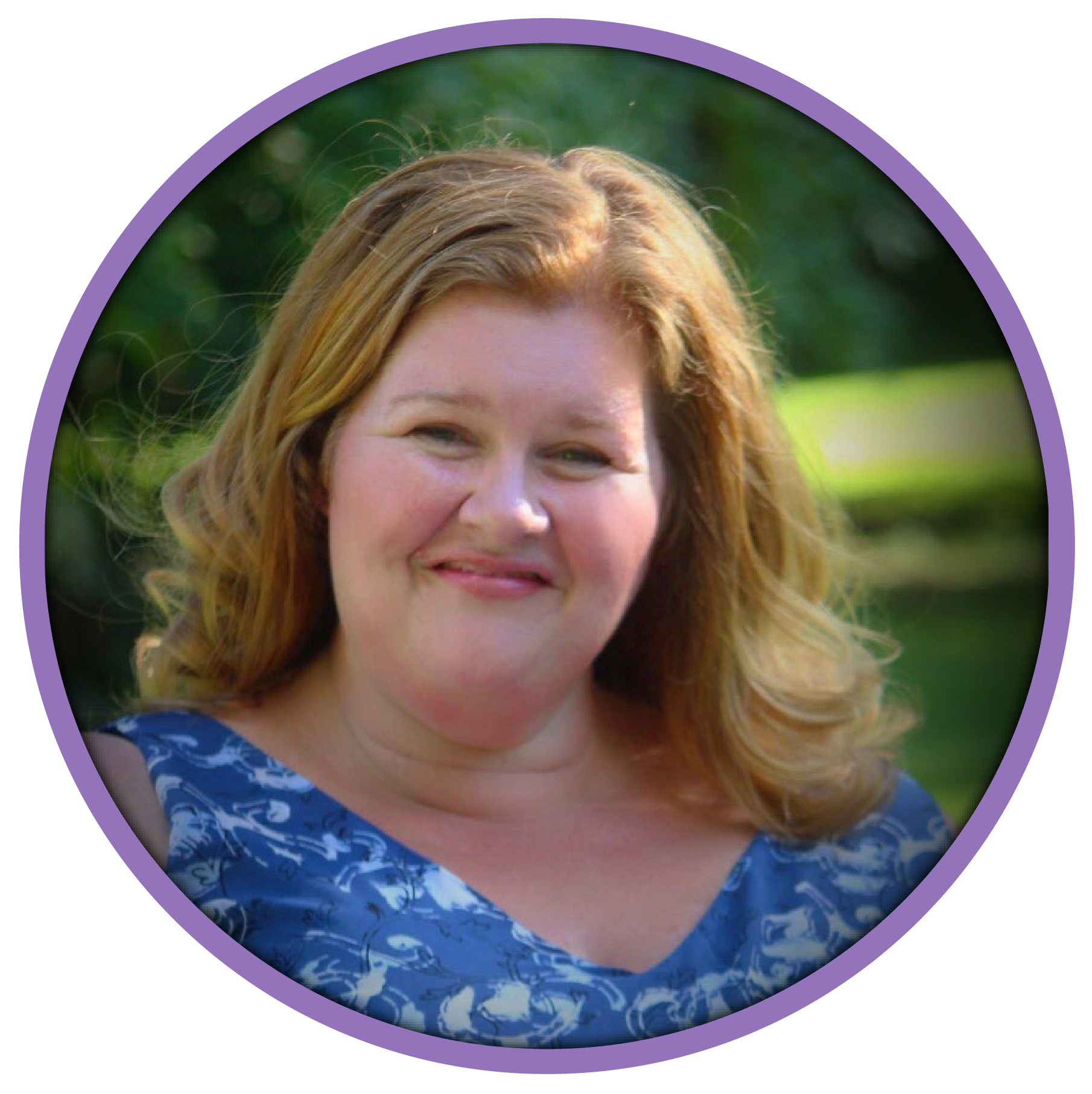
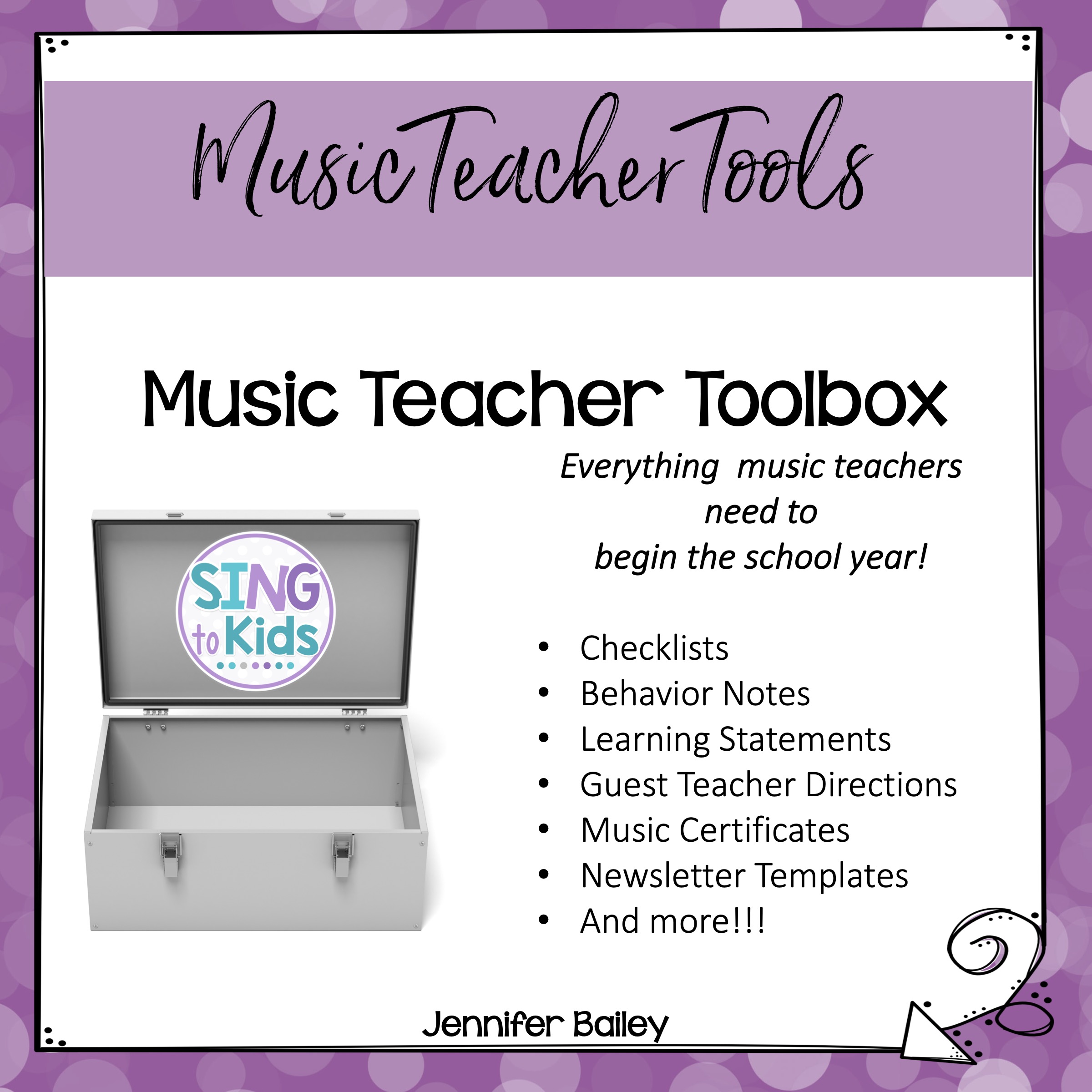

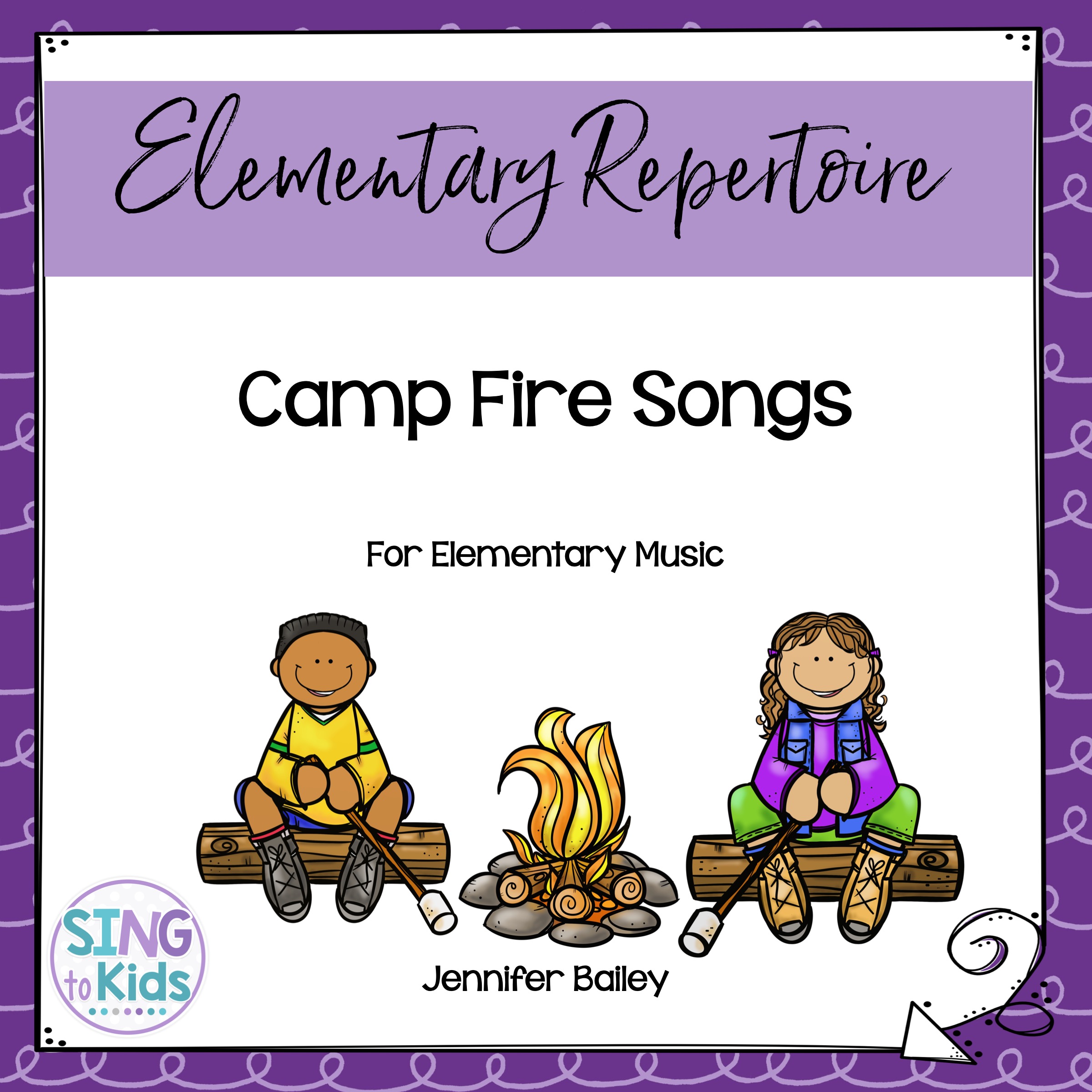
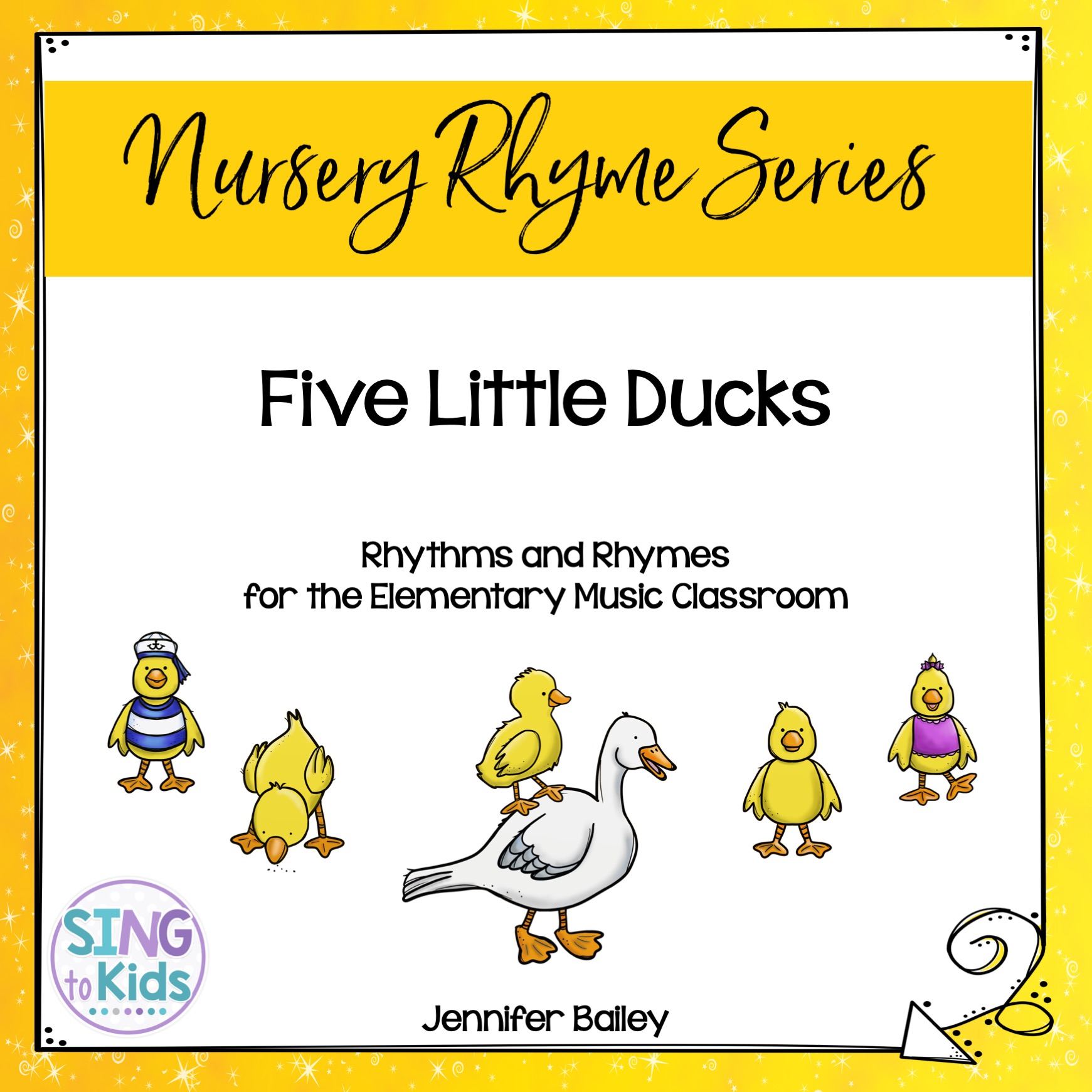
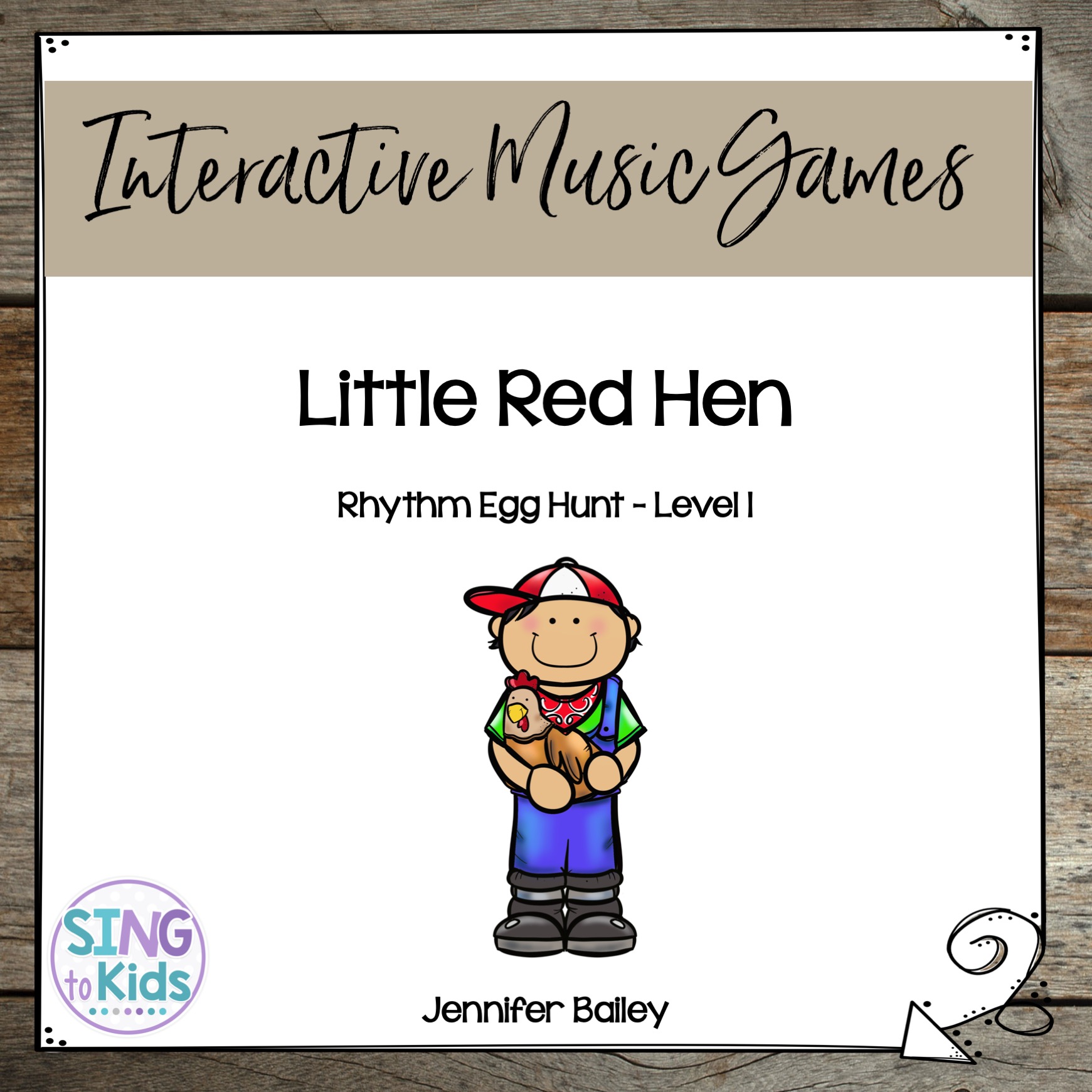
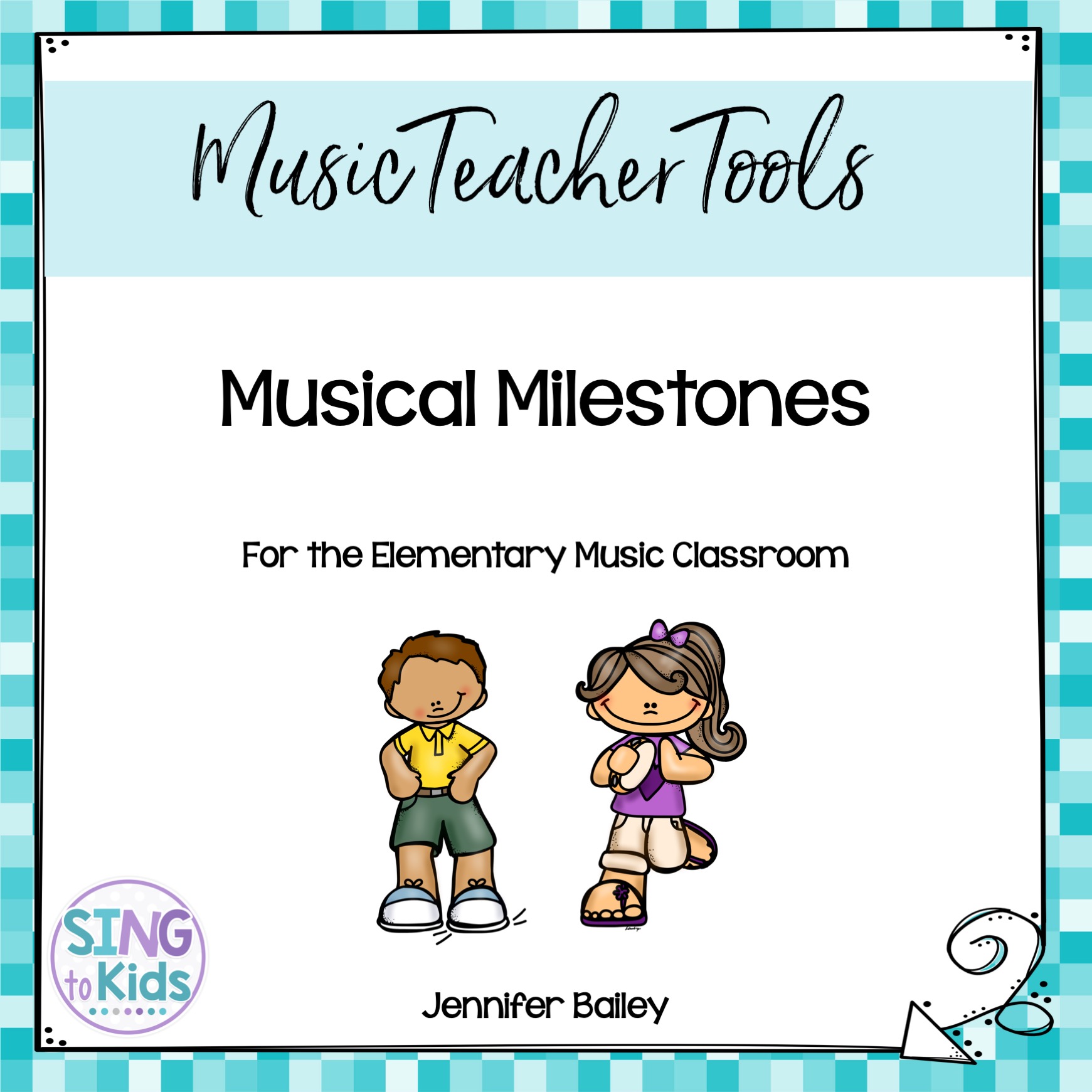
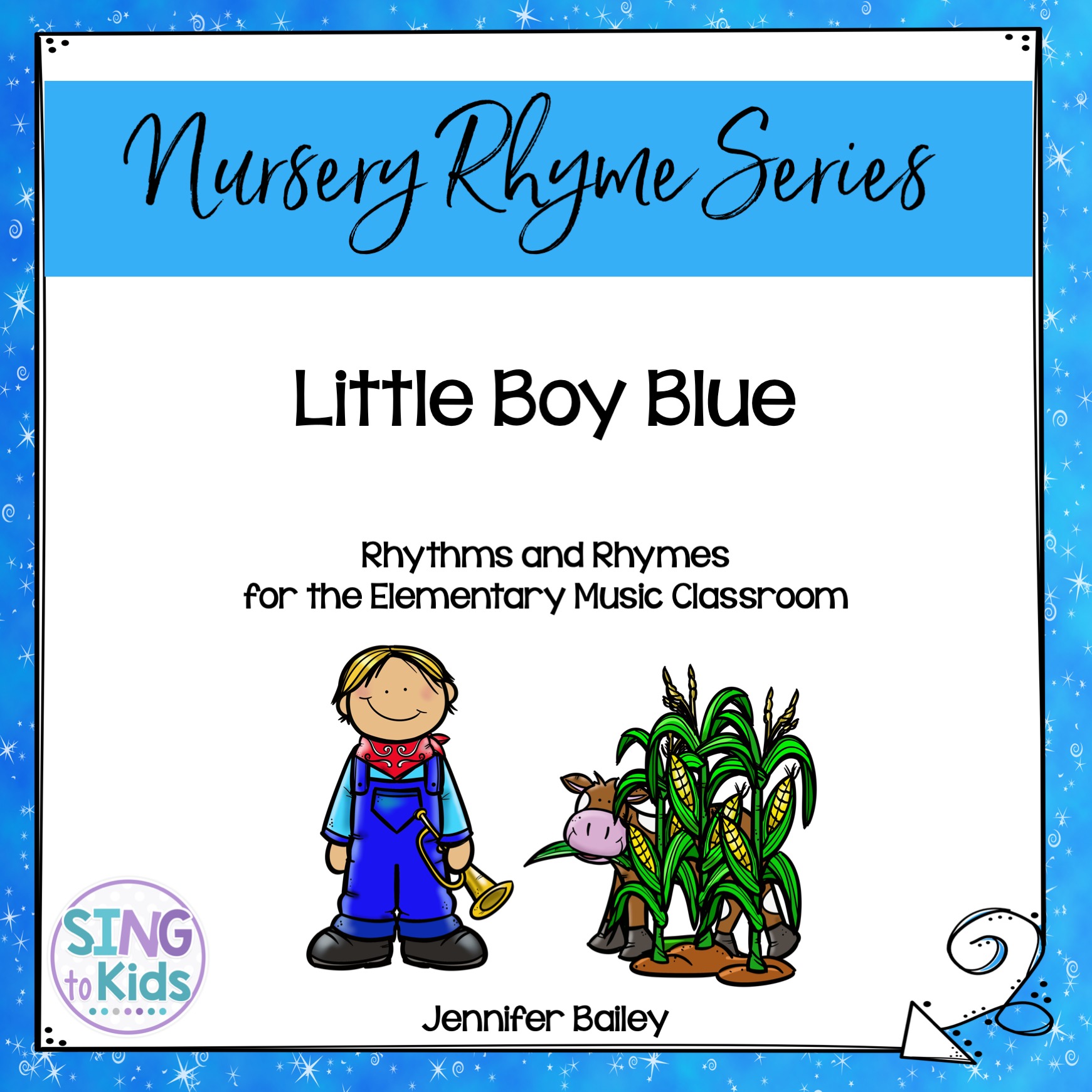
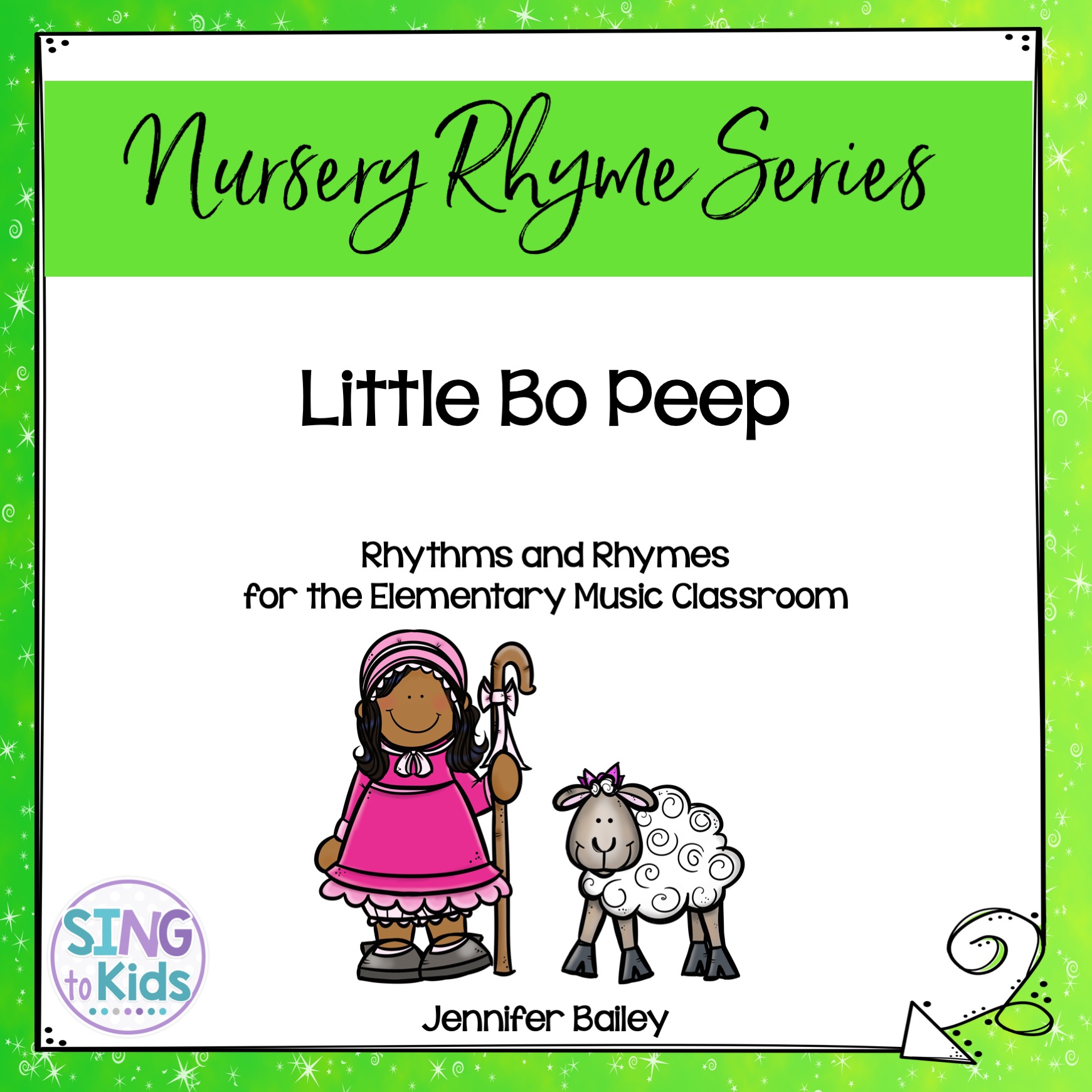
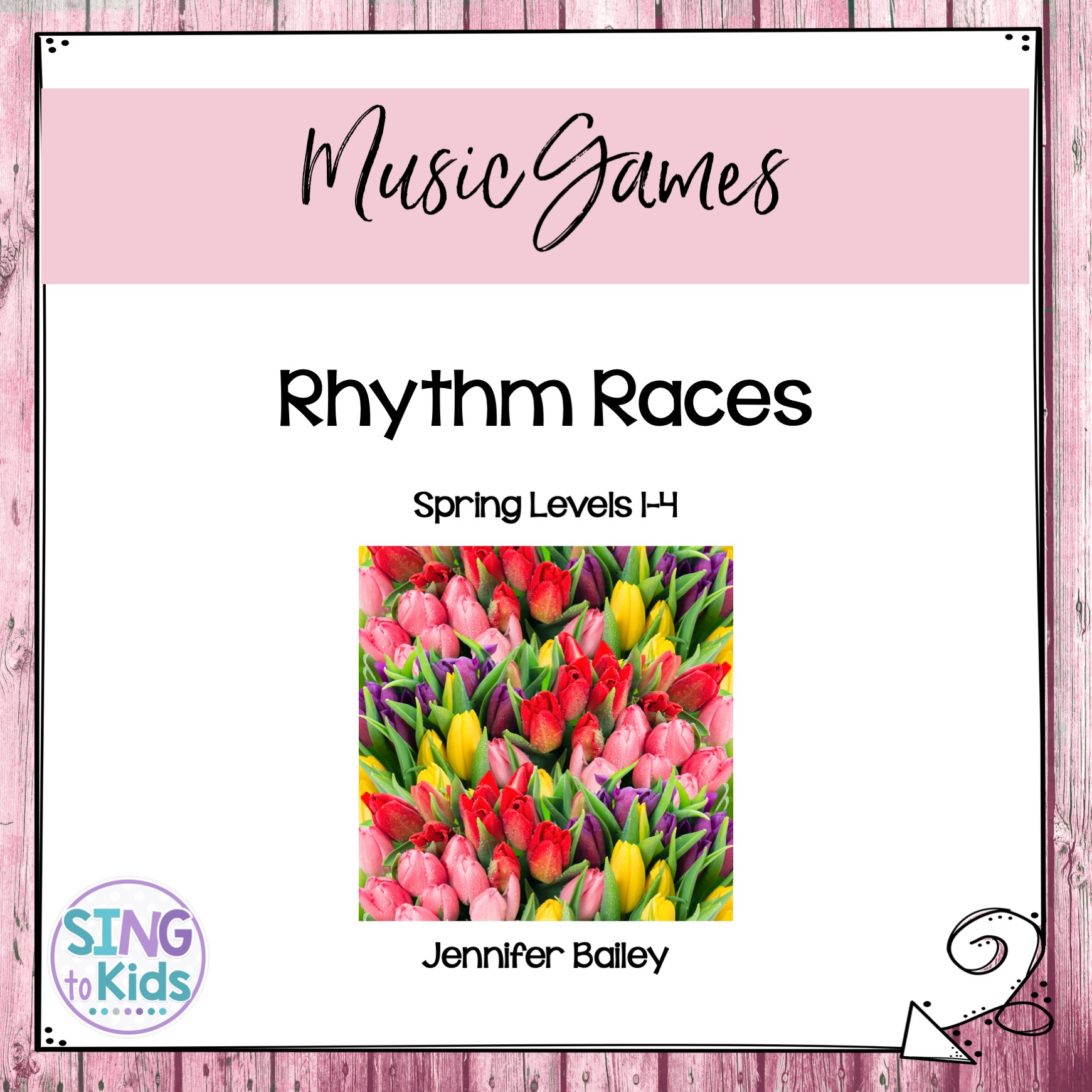
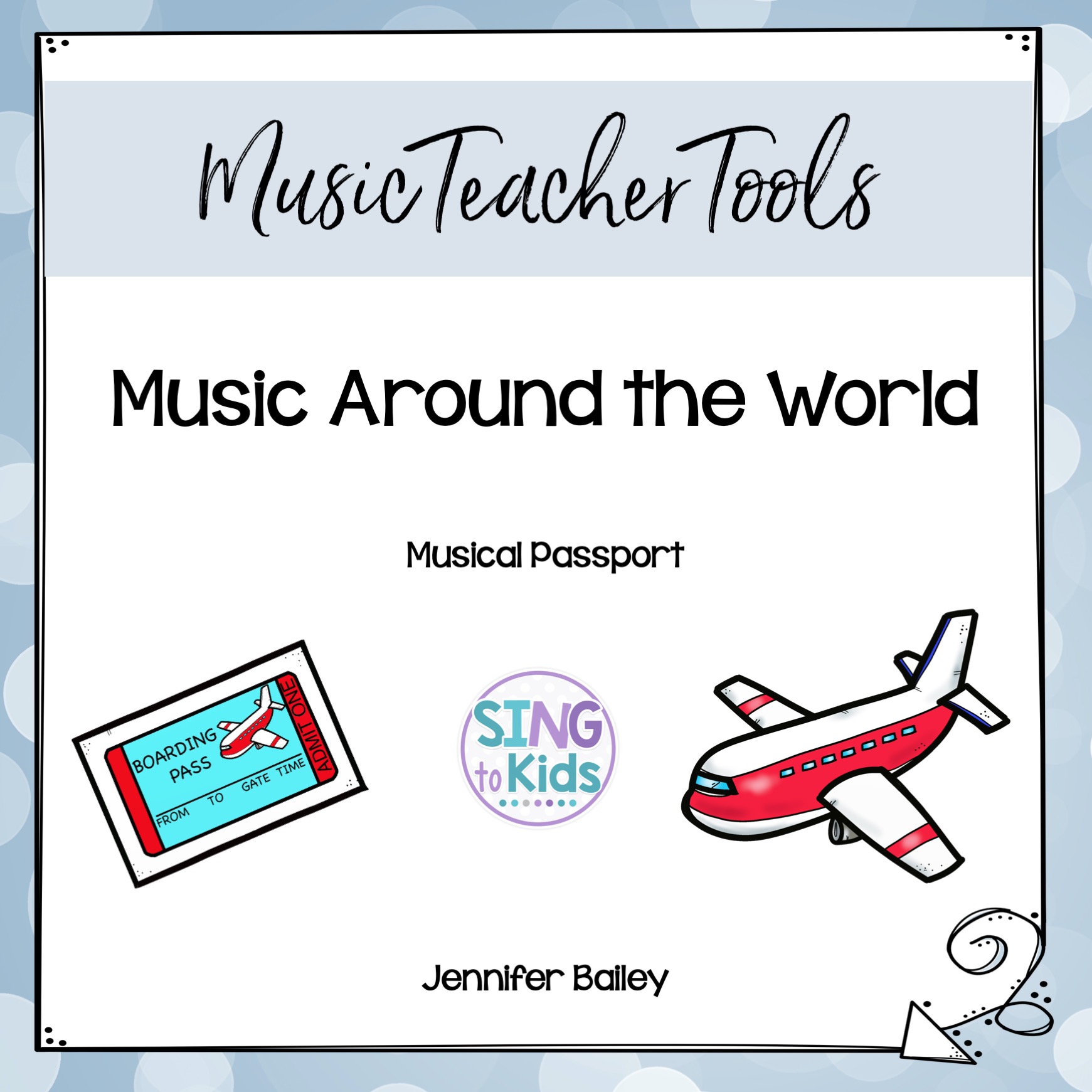
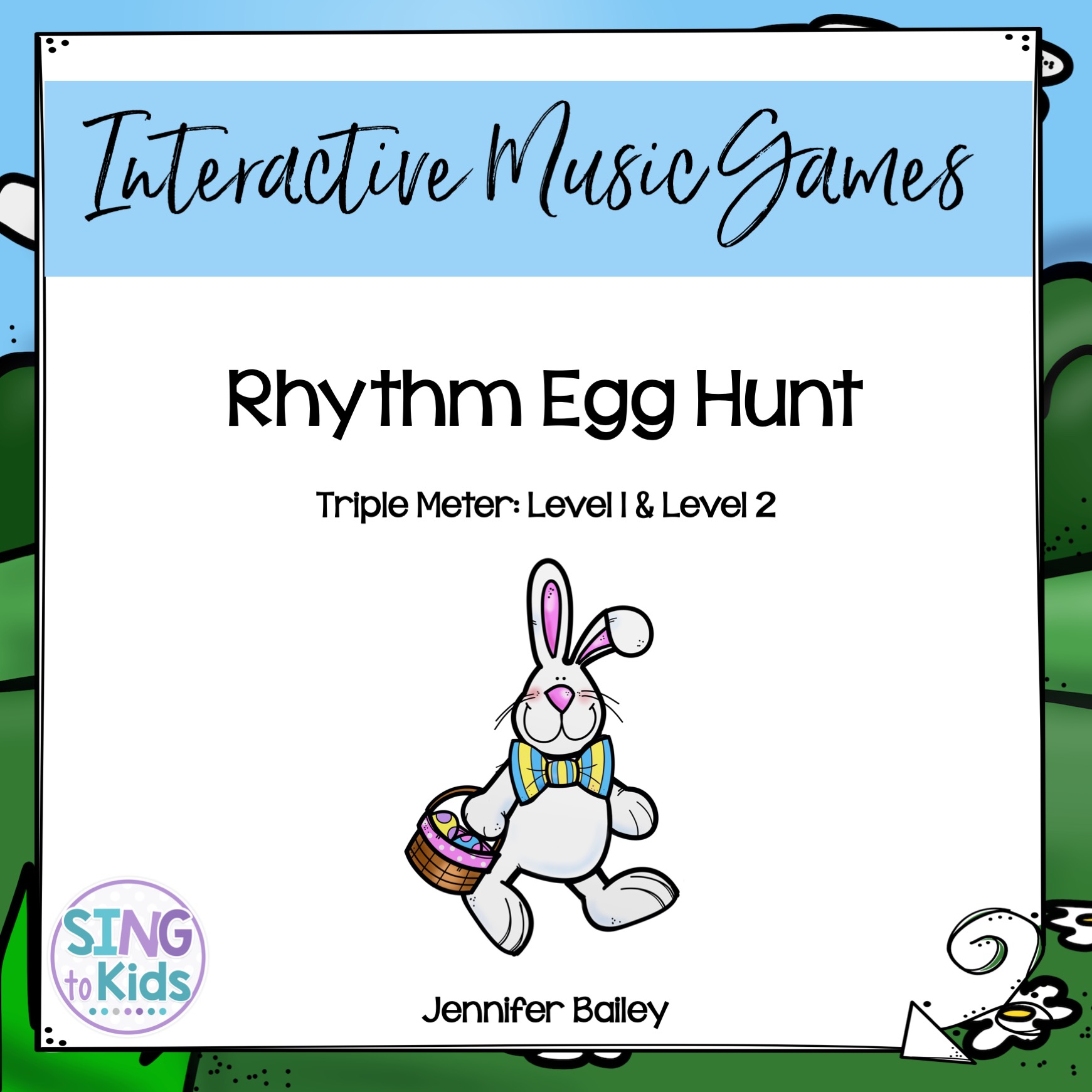
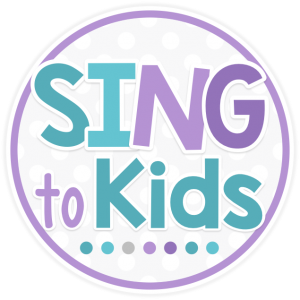

Great post and a lot of food for thought! I am curious how this translates into your everyday teaching; could you write a post about what an average class looks like, feels like, and most important sounds like?
Thanks! Aimee @ http://ofortunaorff.blogspot.com
Hi Aimee! Thanks for visiting my blog. What a great idea! I'd love to share what an average class in my music room looks and sounds like! Coming soon…
I. Just. Love. You.
You know the feeling is mutual my sweet friend…
Coming to Chicago this August?
Hi Jennifer,
I am a new music teacher trying to find my way in this world and my teaching style. I have had a good amount of instruction in Orff and Kodaly methods, but I want to learn how to teach using MLT. Music Learning Theory appeals to me since it is research-based from day 1 and focuses more on musical vocabulary instead of the “words of the song”, making children audiate. I teach tk-8th grade music, and I face many challenges tryingt to incorporate Learning Sequence Activities in my lessons for the younger students. The younger they are, the harder it is for them to sit still and listen (audiate), and the older they are, the more self-conscious they get when I ask them to sing. (they start band at 5th grade, and that’s when they don’t like to sing anymore even though I try to incorporate lots of singing).
Please advise! Do you have a method of teaching Learning Sequence Activities (tonal and rhythmic patterns) that works better for the TK-3rd grades?
I watch your YouTube channel also! Great stuff, please keep posting!